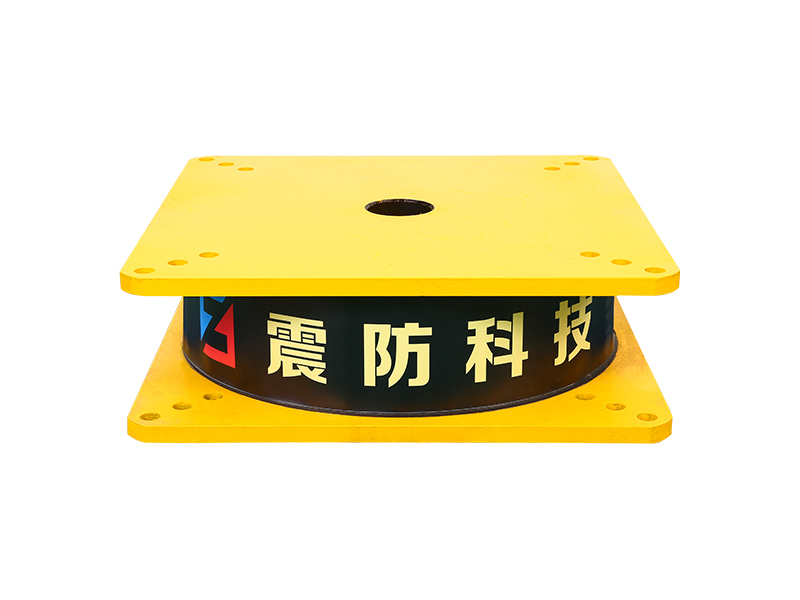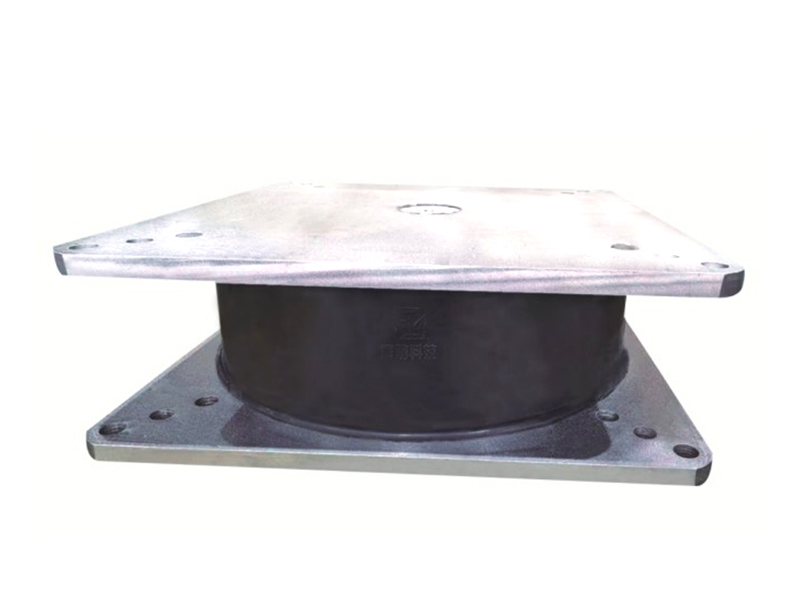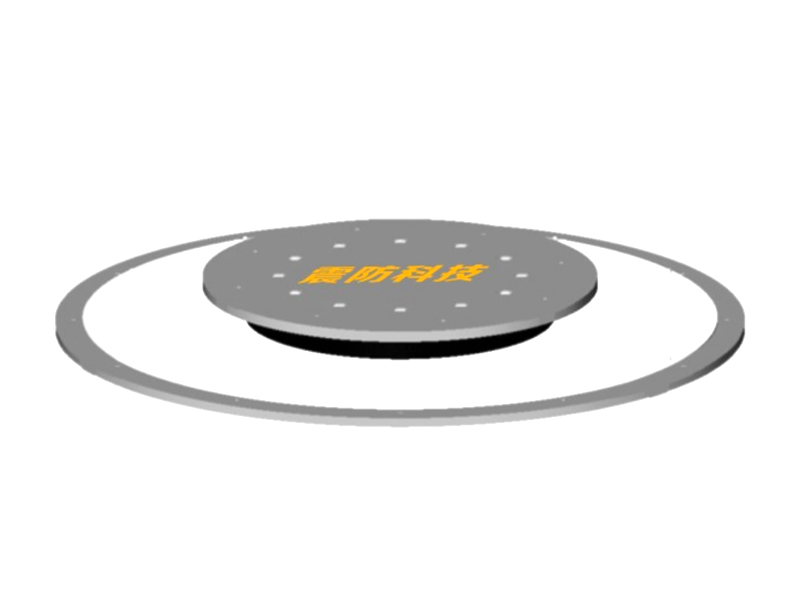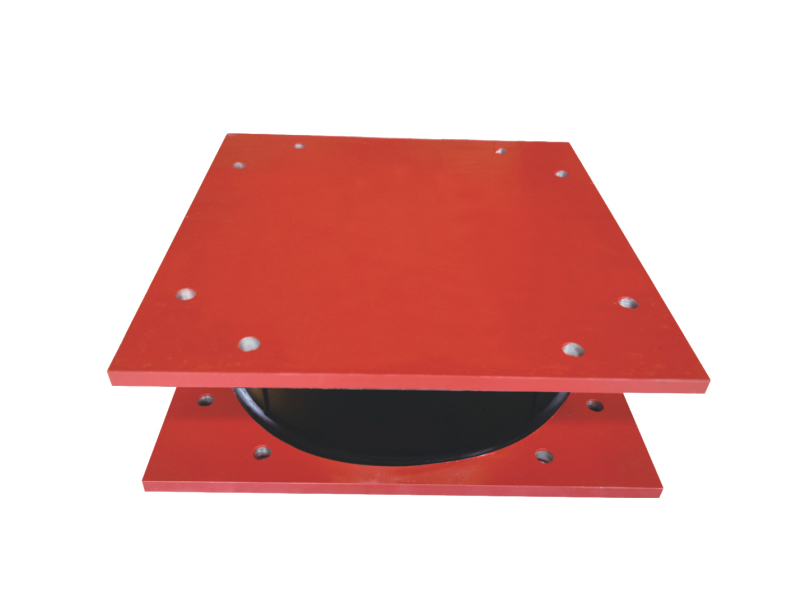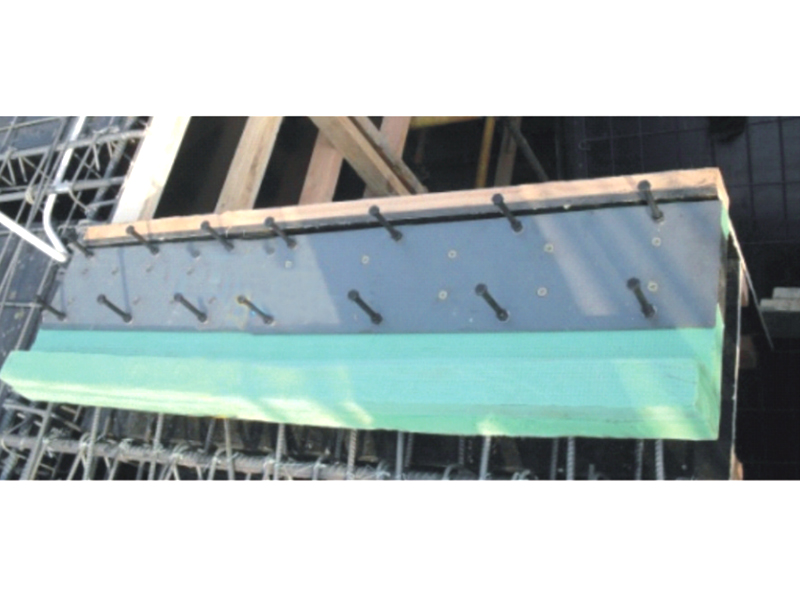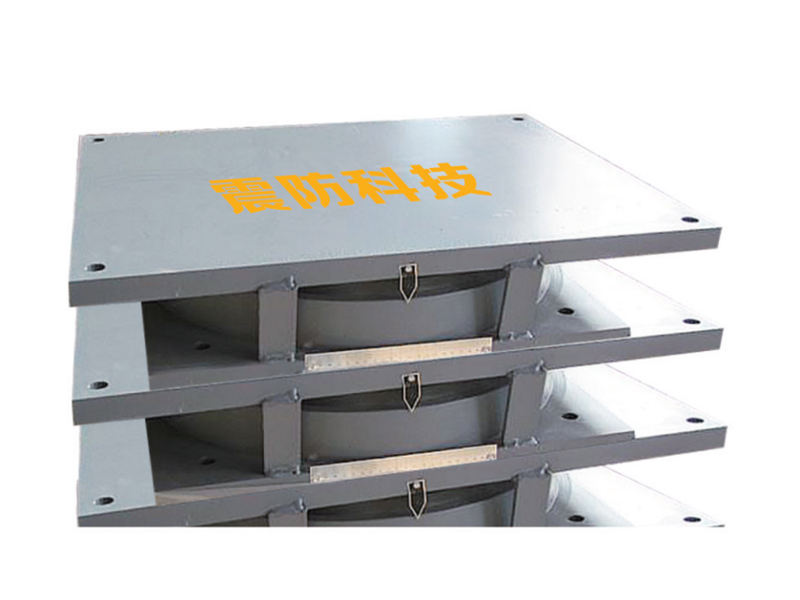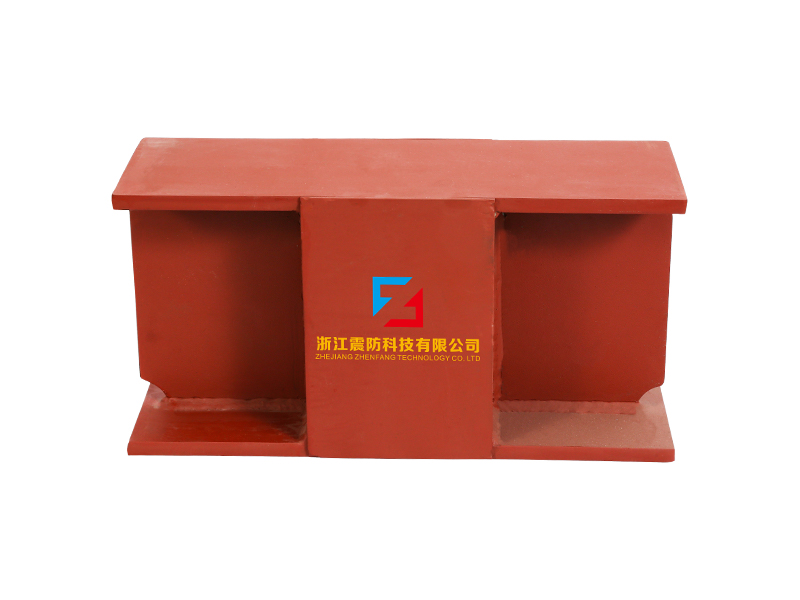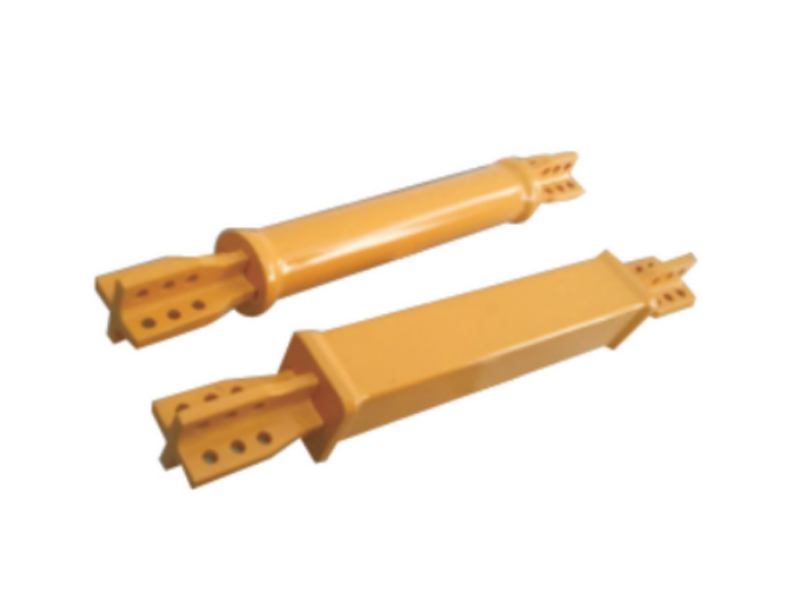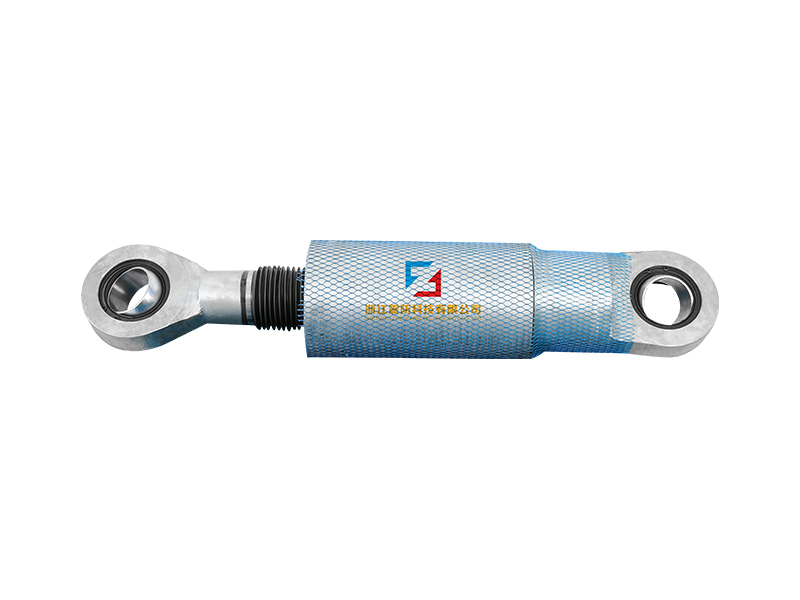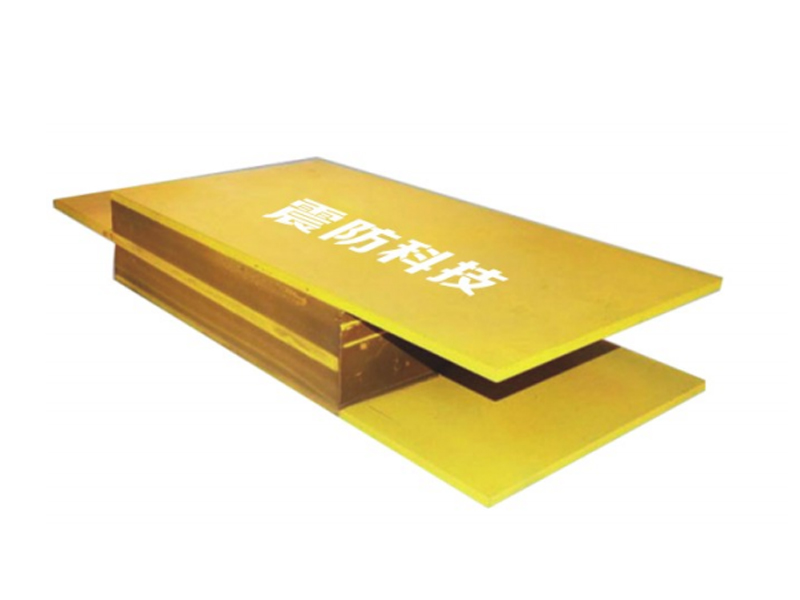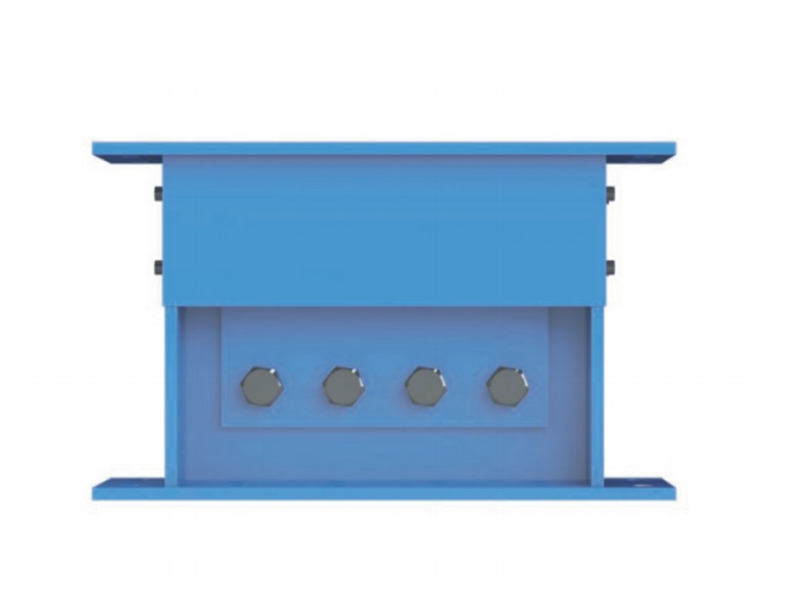The isolation bearing is the connection point of the left and right structures of the highway bridge. Its function is to safely transmit the load of the upper structure (including dead load and load) to the bridge pile, and at the same time ensure that the upper structure can be freely recognized by the rubber bearing. Deformation (rotation and movement), so that the specific bearing capacity of the structure is consistent with the calculation diagram. Therefore, the bridge rubber bearing should be scientifically and reasonably set, properly installed, and always pay attention to protection and maintenance. If damaged, repair, structural reinforcement or replacement should be carried out.
Bridge rubber bearings are divided into fixed rubber bearings and theme activity rubber bearings according to their functions. The support frame is used to fix the part of the highway bridge structure on the bridge pile. It can only be rotated and cannot be moved. It is generally set at a certain part of the beam body; the movable support can ensure the effect of the structure in the change of ambient temperature, the collection of concrete and the load. It can be rotated and moved at will.
How to use building isolation bearings?
1. How does the design company determine the specifications and models of the isolation bearings and carry out preliminary design of the structure? It is assumed that the upper structure of the building is selected to reduce the arming by 1 degree, that is, a horizontal damping coefficient is assumed first, and the preliminary design of the structure is carried out according to the effect of the horizontal large earthquake after vibration reduction.
2. How is the isolation layer laid out? When selecting seismic isolation products, attention should be paid to the selection of longitudinal large seismic load, horizontal bending stiffness and horizontal offset.
3. Create a solid model for the measurement of isolated and non-isolated structures, and then enter three seismic data (2 natural waves and one man-made wave) for analysis.
4. Calculate the shear stress ratio of the isolated structure and the non-isolated structure under the action of a large earthquake.
5. Calculate the horizontal damping coefficient according to the shear stress ratio of the isolated and non-isolated structures (the horizontal damping coefficient is 0.7 times the larger shear stress ratio of the isolated and non-isolated structures).
6. According to the specified damping coefficient, check whether the overall goal of the design scheme of the isolation bearing is achieved. If not, lay out the isolation layer or the upper structure again, and then follow the above process to measure until the expected goal is achieved.
